T4K3.news
Delta flight experiences severe turbulence, 25 injured
A Delta Air Lines flight from Salt Lake City to Amsterdam diverted to Minnesota after intense turbulence injured 25 passengers.

Recent serious turbulence incidents underscore the dangers of flying through unstable air.
Turbulence represents a growing risk for commercial flights
A Delta Air Lines flight from Salt Lake City to Amsterdam encountered severe turbulence on Wednesday, injuring 25 people and forcing a diversion to Minnesota. This incident is part of a worrying trend as more flights report turbulence-related problems. While injuries from turbulence are rare, they have notably increased over the years, prompting experts to examine how climate change impacts flying conditions. Turbulence occurs when unstable air moves unpredictably, with clear-air turbulence being particularly hazardous.
Key Takeaways
"Turbulence can be tricky to predict, so buckle up whenever possible."
Experts emphasize the importance of wearing seat belts during flights.
"Some predict that climate change could increase turbulence encounters significantly."
Researchers link climate change to an increase in turbulence severity.
"Clear-air turbulence can be devastating because it can occur without any visible warning."
A safety consultant highlights the danger of unpredictable turbulence.
"Severe clear-air turbulence in the North Atlantic has increased by 55% since 1979."
Research indicates that turbulence is worsening due to climate shifts.
The rise in turbulence incidents can be attributed to several factors, including climate change, which may be altering jet streams and increasing wind shear. This disruption in flying conditions not only poses risks to passengers and crew but also challenges airlines in managing these hazards. As air traffic grows, the nuisance of turbulence may evolve into a more severe safety concern, requiring continued vigilance from both operators and travelers. Airlines are responding by enforcing stricter safety protocols, such as earlier seat belt notifications and meal service adjustments, to enhance passenger safety.
Highlights
- Travelers need to stay alert as turbulence rises due to climate change.
- Turbulence injuries are on the rise and cannot be ignored.
- Seat belts are essential as turbulence becomes harder to predict.
- Airlines are changing policies to better protect passengers.
Increasing turbulence presents safety risks
The rise in turbulence incidents correlates with climate change and growing air traffic, posing significant risks for airlines and passengers. Immediate action is necessary to address these dangers and ensure safety during flights.
As turbulence incidents soar, both airlines and travelers must remain vigilant to ensure safety.
Enjoyed this? Let your friends know!
Related News
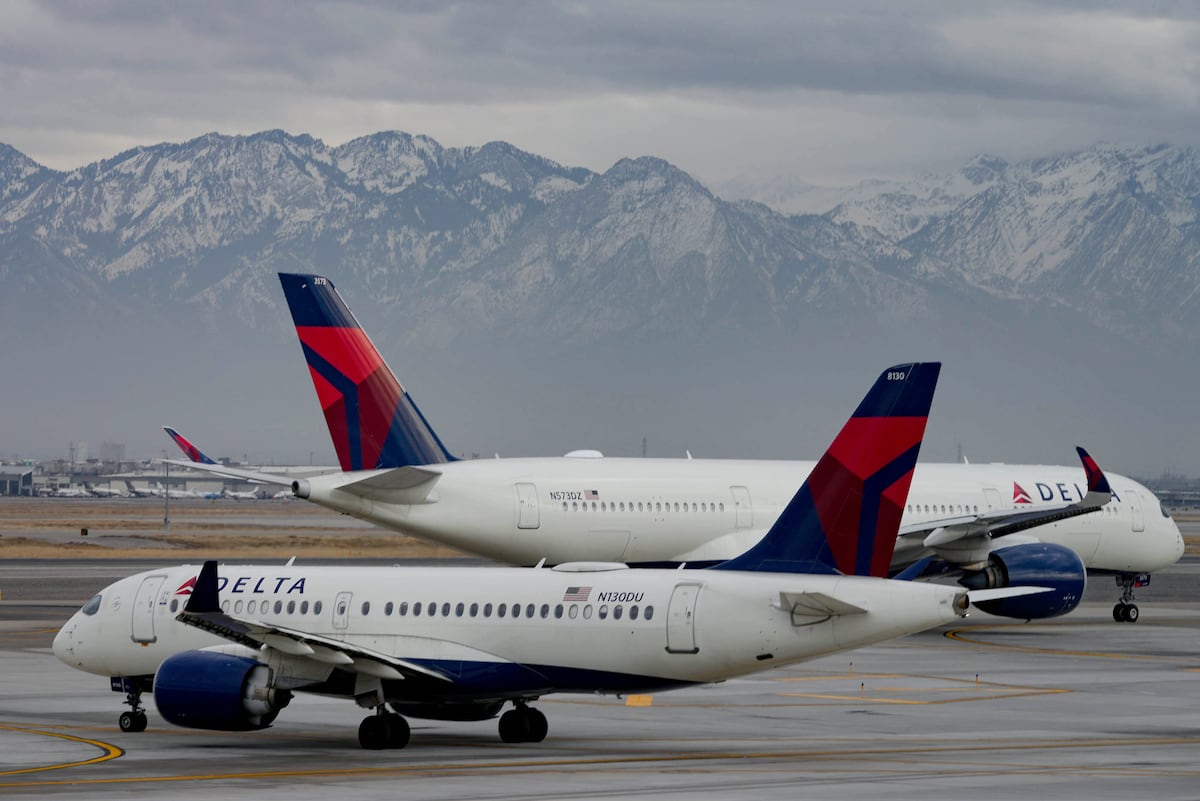
Salt Lake City ranks among top U.S. airports for turbulence
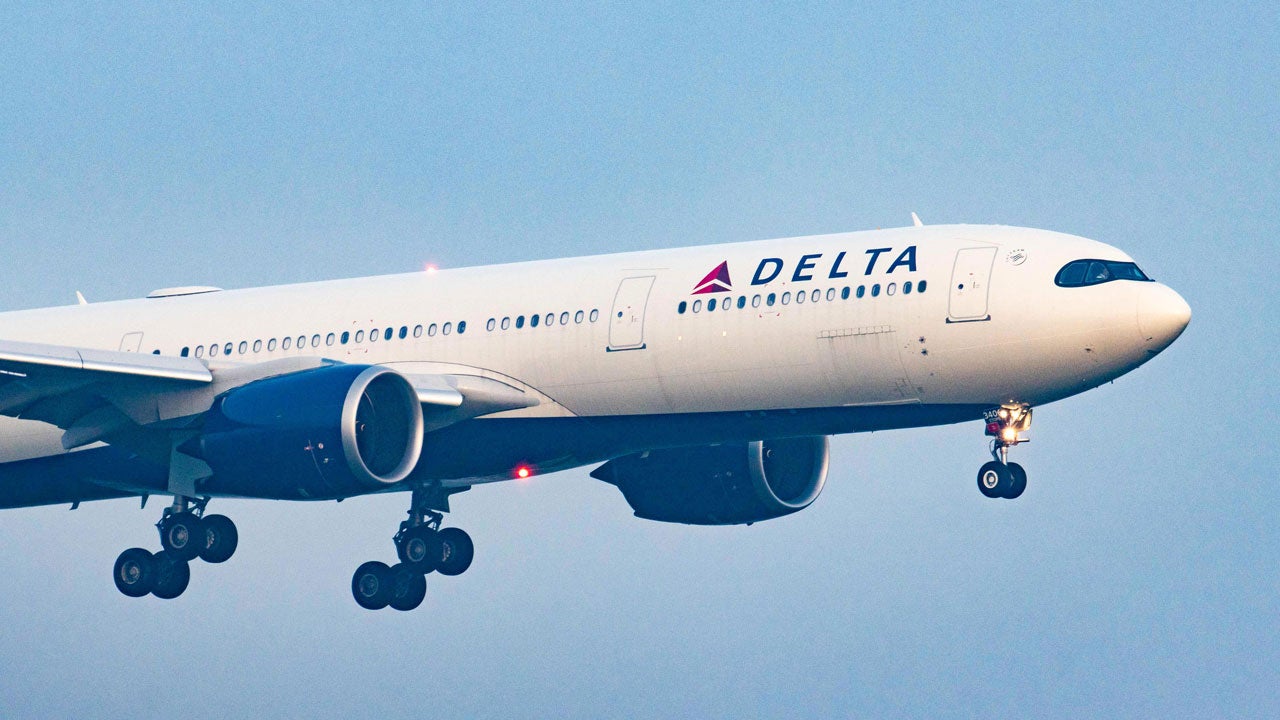
Severe turbulence injures 25 passengers on Delta flight

Delta flight suffers severe turbulence during journey

Delta Airlines flight diverted due to significant turbulence
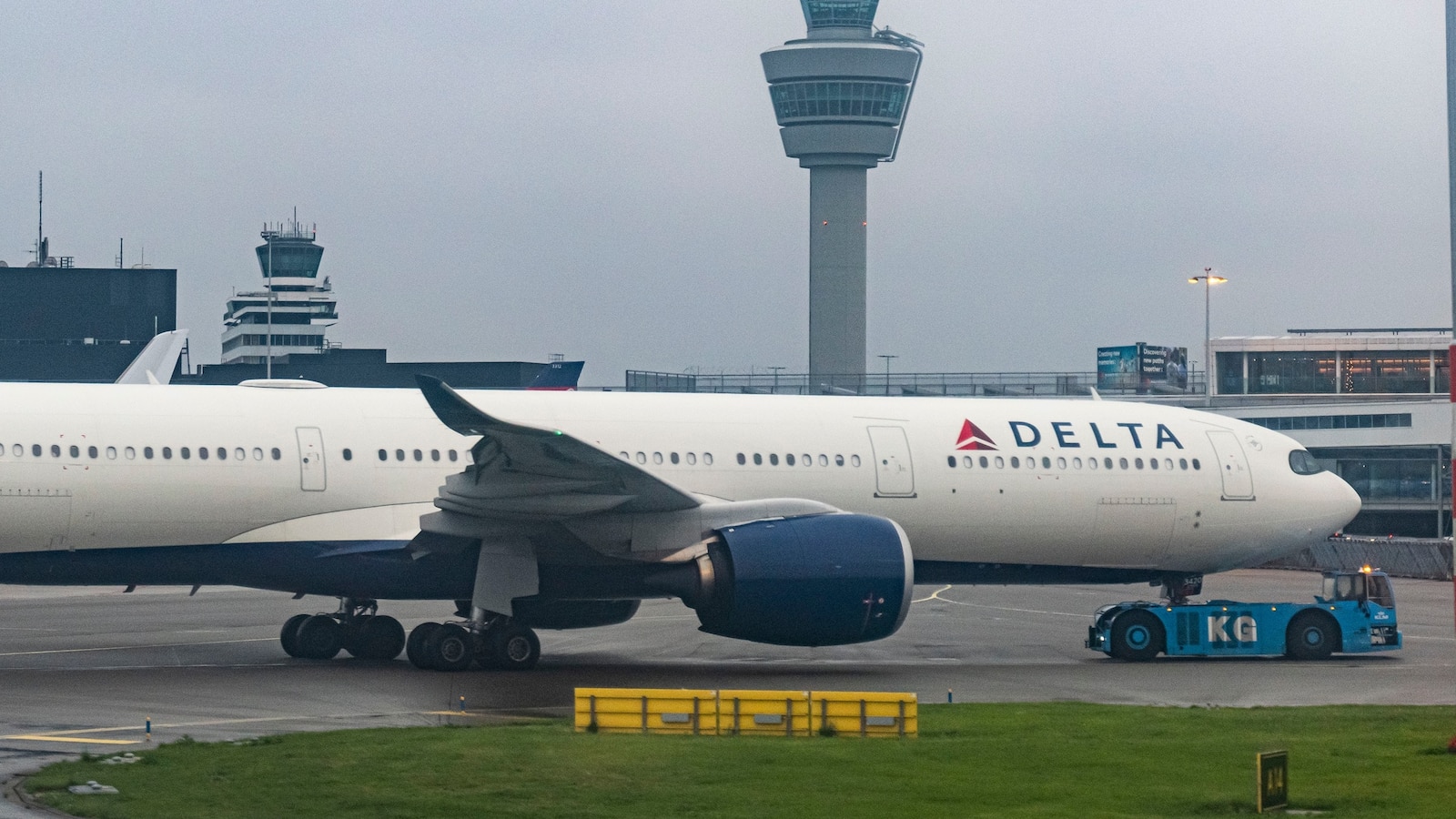
Twenty-five injured aboard Delta flight due to turbulence
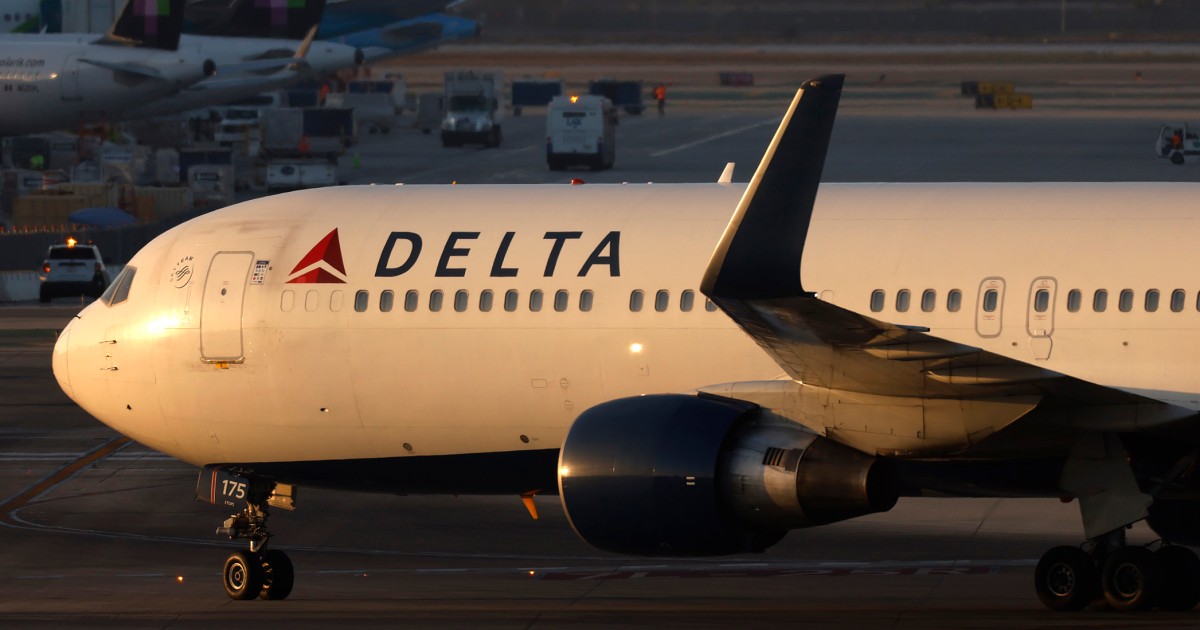
Delta flight returns to Minneapolis after turbulence incident
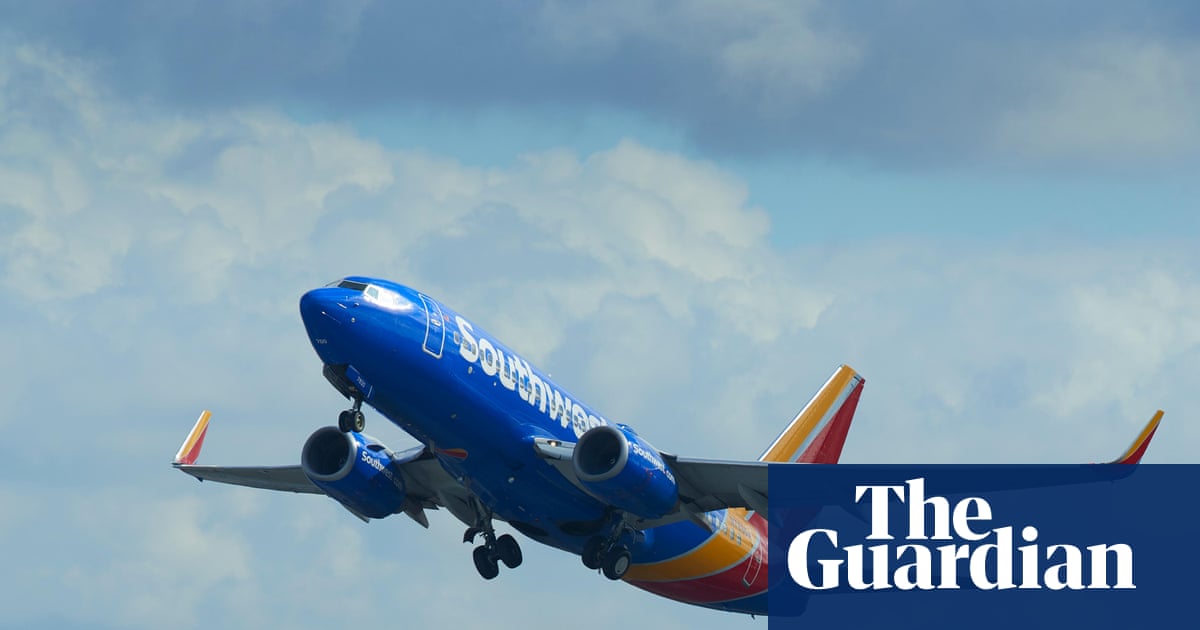
Southwest Airlines flight encounters severe turbulence

Twenty-five hospitalized after Delta flight incident
